
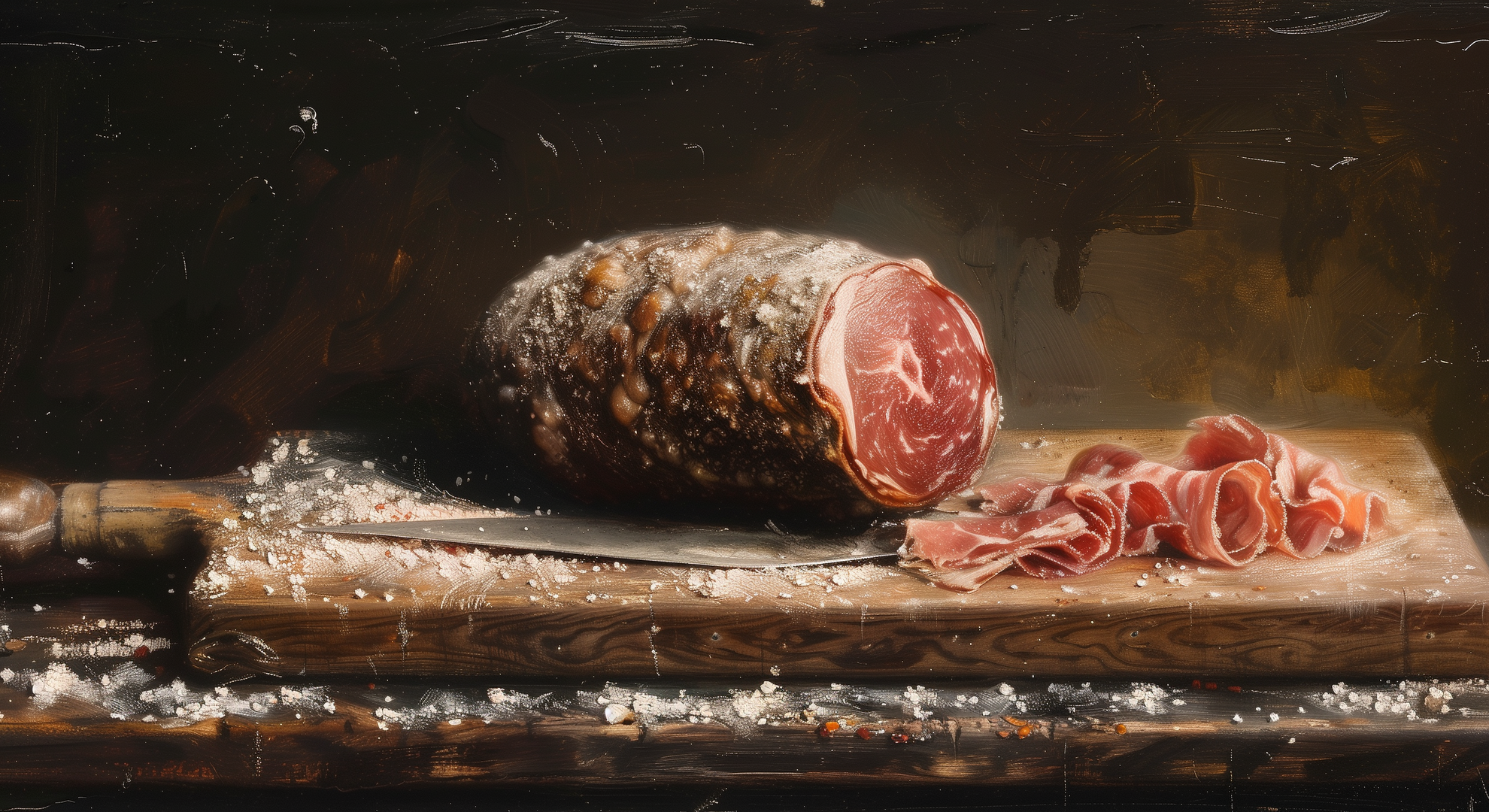
Explore the ancient art of salt curing, a method used for centuries to preserve meat, enhancing its flavor and shelf-life with just salt.
Salt has been used as a preservation method for centuries, dating back to ancient civilizations like Rome and Egypt. This practice has diminished with the advent of modern refrigeration and freezing technologies, yet it remains an effective and traditional way to extend the shelf-life of meat. This guide, based on a video by A Pinch of Patience, will walk you through the steps.
Salting meat involves the application of salt, which acts to draw out moisture from the meat. This creates an environment unsuitable for harmful bacteria, such as Listeria, and conducive to salt-tolerant bacteria that produce lactic acid. The production of lactic acid not only changes the flavor of the meat, enhancing its taste, but also encourages the growth of beneficial molds, such as Penicillium.
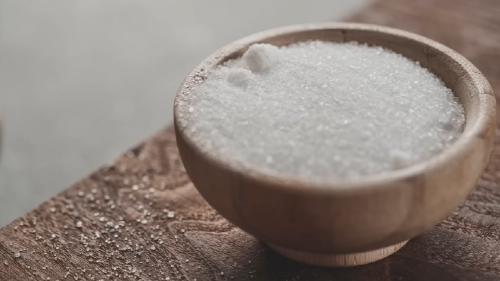
To begin the preservation process, one needs three primary items:
It is crucial to ensure that the salt used is pure and does not contain any additional ingredients, such as anti-caking agents or added minerals, which are commonplace in many commercial salts.
A traditional and straightforward method of curing meat is the salt box method. This technique involves coating the meat evenly with salt and allowing whatever adheres naturally to act as the curing agent. This method is less technical than modern recipes that may require precise measurements and the use of curing salts or additional additives.
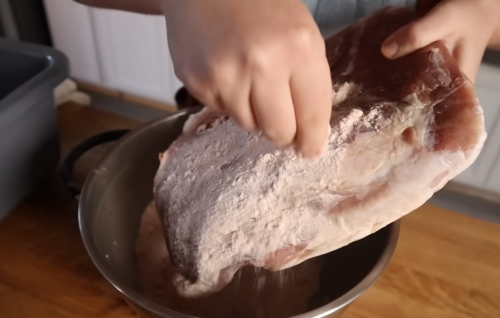
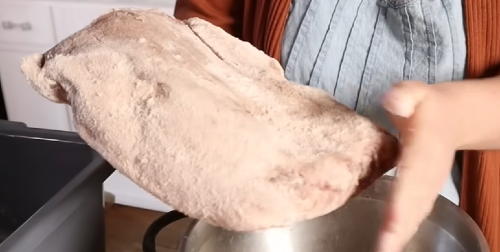
The meat, once coated with salt, is placed in a container and left in a cool area for a minimum of five days, or until no more liquid is being drawn out. For thicker cuts of meat, the curing process may take longer, potentially up to two weeks. During this time, the meat becomes firm and rigid as it loses moisture.
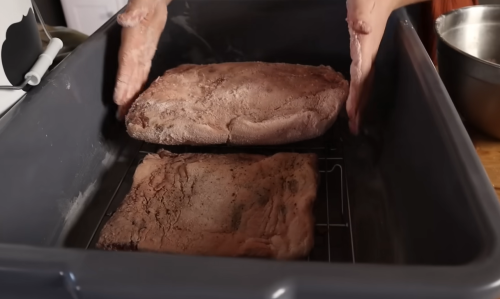
After the initial curing period, the meat is rinsed to remove excess salt and patted dry with a non-lint-producing towel. It is then hung in a cool, dark place for a further period, varying based on the desired final product. For consumption as bacon, five days may suffice, whereas for raw consumption like prosciutto, the meat should lose 30% of its original weight.
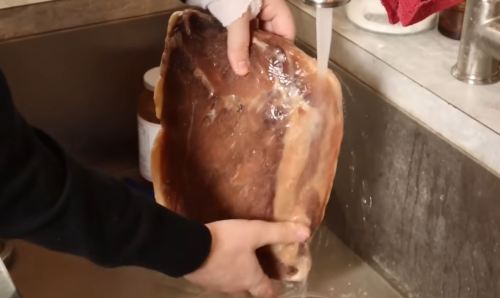
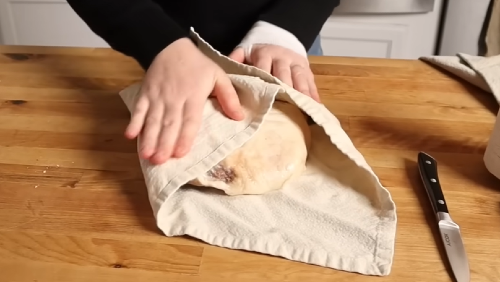

Upon completion of the drying phase, the meat is ready for slicing and cooking. It's important to note that if the meat appears too salty or has salt scabbing (crystalline patches where salt has accumulated), soaking it in water for an hour before use can help reduce the salinity.
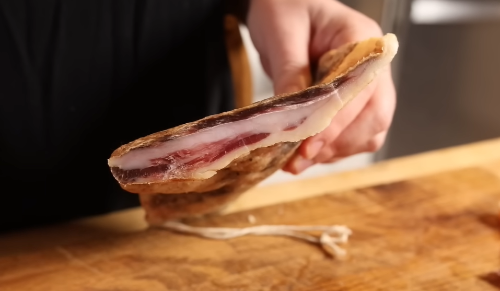
Preservation through salting is a simple yet effective technique that can render meat shelf-stable indefinitely with only one ingredient—pure salt. This method is not only rooted in tradition but also provides a means to produce flavorful, preserved meats without the need for modern preservatives or technologies.